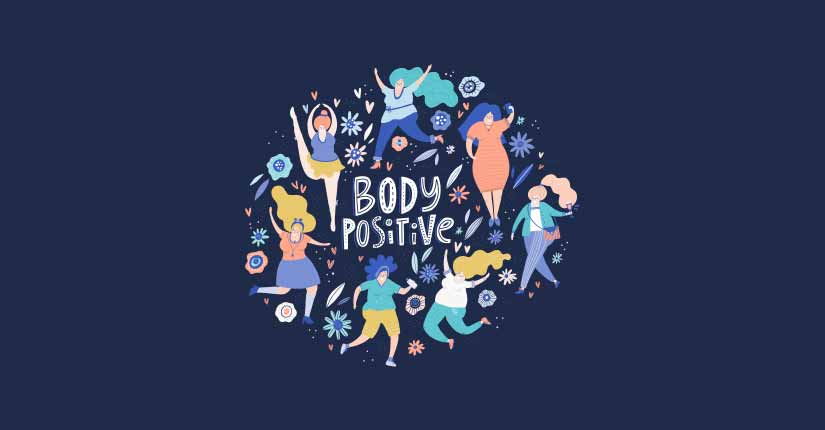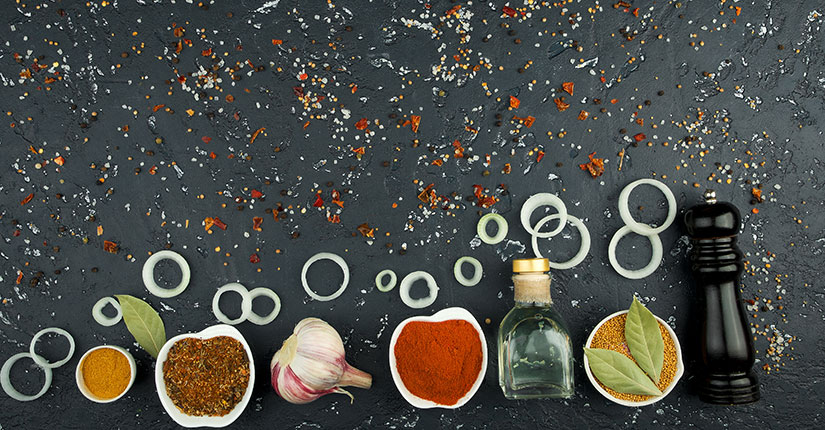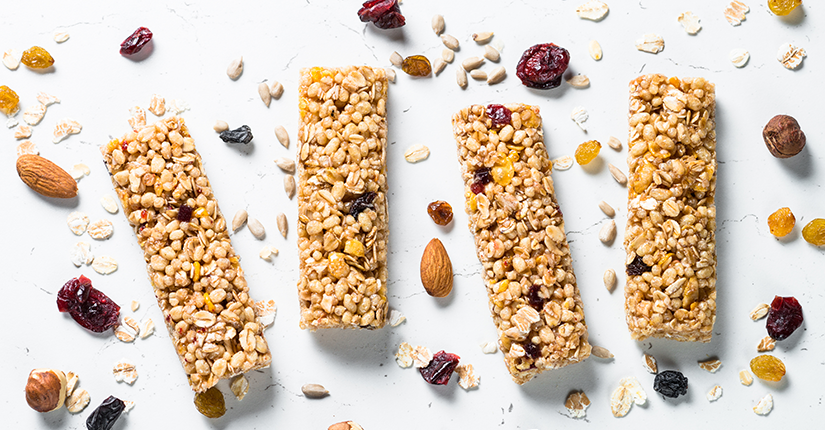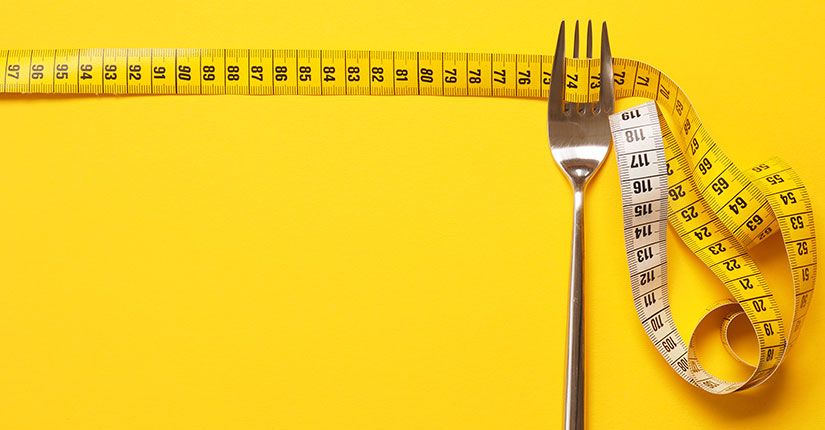A Must Know Guide For Portion Size
By Nmami Life Editorial 30-Apr 2020 Reading Time: 5 Mins

Do you feel confused with the amount of protein and carbohydrates to be consumed? Are you the one who is stuck between serving size and portion size? Do you feel that fats are bad and should be completely eliminated? But worry not; many of us could feel the same.
About the Indian Food Pyramid
India food pyramid is a graphical representation of its guidelines. It is divided into four levels of foods according to recommended consumption: cereals and pulses at the base should be eaten in sufficient quantity, fruits and vegetables on the second level should be eaten liberally, animal source foods and oils on the third level are to be consumed moderately, and at the apex, highly processed foods high in sugar and fat to be consumed sparingly. A recommendation to do regular physical activity and warnings against smoking and drinking alcohol is given.
Grouping of foods
Foods are grouped together as they provide similar amounts of the key nutrients of that food group. To meet the nutrient requirement which is essential to maintain a good health, you need to eat a variety of food from each of the five food groups (carbohydrates, proteins, fats, vitamins and minerals and should be equally distributed over a day. Keep in mind that 50-60% of calories should come from carbs, 20-25% from protein sources and only 10-15% energy from fats) but in recommended amounts. Different food groups vary in the amount of key nutrients that it provides.
Difference between Portion Size and Serving Size
A portion size varies from meal to meal. It depends on us and is the amount of food you choose to eat at one time. Serving size is a standard reference measured amount of food or drink, such as one roti (medium sized) or a cup (175 ml) of milk. Several foods that come as a single portion actually contain multiple servings.
Have a look at the basic simplified guidelines of food items and their amount to be allowed for consumption per day per individual per serving:
- Cereal and millets: 6-11 servings 30 grams each
- Pulses: 2-3 servings of 30 grams each
- Eggs/meat/chicken/fish: 1 serving of 50 grams
- Dairy products: 2-3 servings of 100 grams each
- Fruits/other vegetables/roots and tubers/green leafy vegetables: 100 grams each (5 servings overall of fruits and vegetables together in a day is allowed)
- Sugar: 5 grams (1-2 teaspoons in a day)
- Visible fats and oils: 5 grams (1-2 teaspoons in a day)
Having an understanding of what to eat is important but knowing how much to eat is crucial too. Eating too less can lead to nutritional deficiencies while eating too much may increase the risk of obesity or diet related non-communicable diseases.
Over to you
Ensure consumption of a well-balanced diet as nutrition is the key to live a healthy life. To keep your portion sizes under control, try ordering one or two small appetizers instead of a large combo meal or remember sharing is caring so share the meal with a friend.


















